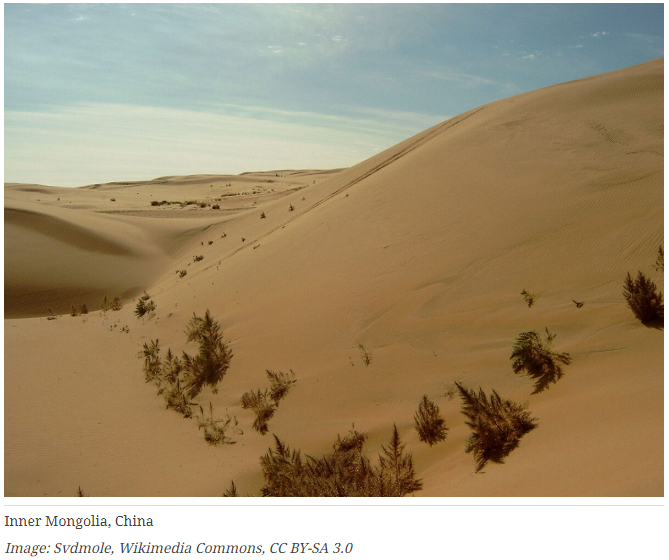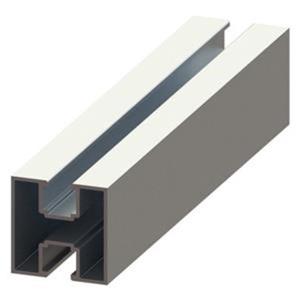China to deploy 253 GW of PV for desert control in arid north
China plans to install 253 GW of solar capacity and restore more than 670,000 hectares of degraded land by 2030 under a large-scale desert PV programin its northern and northwestern regions. It aims to curb desertification and expand renewable energy deployment.
June 30, 2025 Vincent Shaw

China has approved a new plan to tap its vast desert solar potential while addressing land degradation.
The Photovoltaic Desertification Control Plan (2025-30) – released by the National Forestry and Grassland Administration, the National Development and Reform Commission (NDRC), and the National Energy Administration (NEA) – aims to install 253 GW of solar capacity and rehabilitate 1.66 million acres (673,670 hectares) of desertified land by 2030.
The initiative targets the “Three North” region – northern, northeastern, and northwestern China – which includes eight major deserts and four sandy regions spanning more than 100 million hectares. These areas receive some of China’s highest solar irradiation but face extreme ecological fragility, with limited water, sparse vegetation, and high wind erosion.
Authorities said solar deployment must follow “ecological priority and coordinated development.” The plan divides the region into three climate zones and five priority development areas, including the fringes of the Taklimakan and Tengger deserts. It calls for pilot projects that integrate solar with land rehabilitation and includes safeguards for site selection, construction, and operations to limit ecological impact.
While the economic advantages are clear – desert solar farms offer low land costs, high irradiation, and favorable electricity prices – the plan also targets reduced afforestation costs. Conventional tree-planting can cost up to CNY 12,000 ($1,650) per acre, while solar-linked approaches can lower that to CNY 1,800 to CNY 3,000, due to revenue from electricity generation.
Additional income could come from carbon credits, government subsidies for land restoration, and co-located agriculture or livestock. The Kubuqi project in Inner Mongolia, for example, combines 2 GW of solar with tomato and desert herb cultivation, generating over CNY 1 billion per year. Battery storage and hydrogen facilities further boost the projects’ economic and energy value.
Challenges remain. Grid infrastructure in remote areas is often inadequate to handle added generation, and some developers focus on capacity rather than ecological integration.
To address this, Beijing directed local governments to adopt integrated planning, involve farmers and communities, and encourage innovation. If successful, the plan could serve as a model for sustainable development in fragile environments.
As with other major infrastructure projects in China, the plan’s rollout will be guided by detailed actions under the upcoming 15th Five-Year Plan. Large state-owned energy firms are expected to lead implementation, potentially providing strong support forChina’s solar supply chain.




